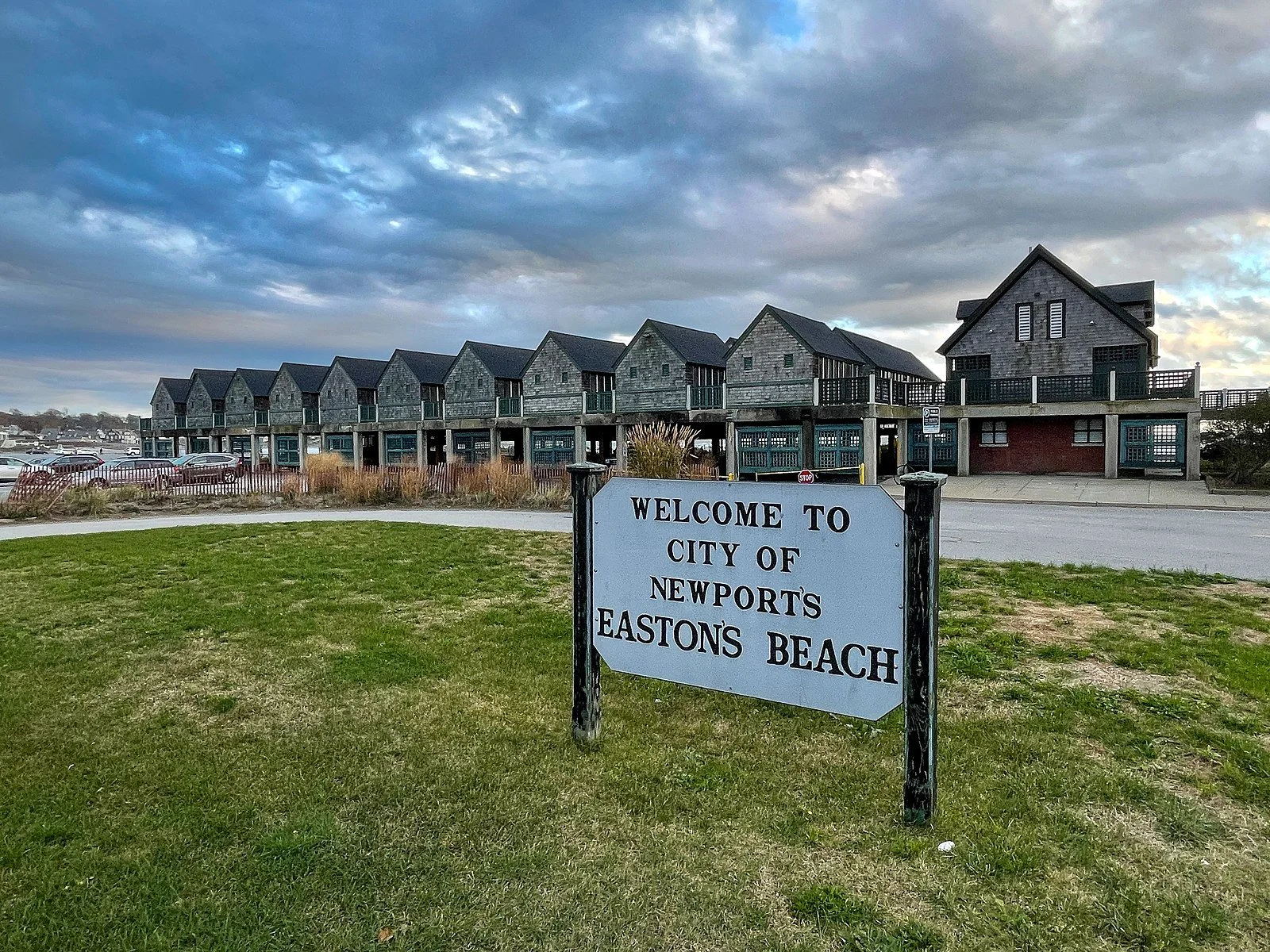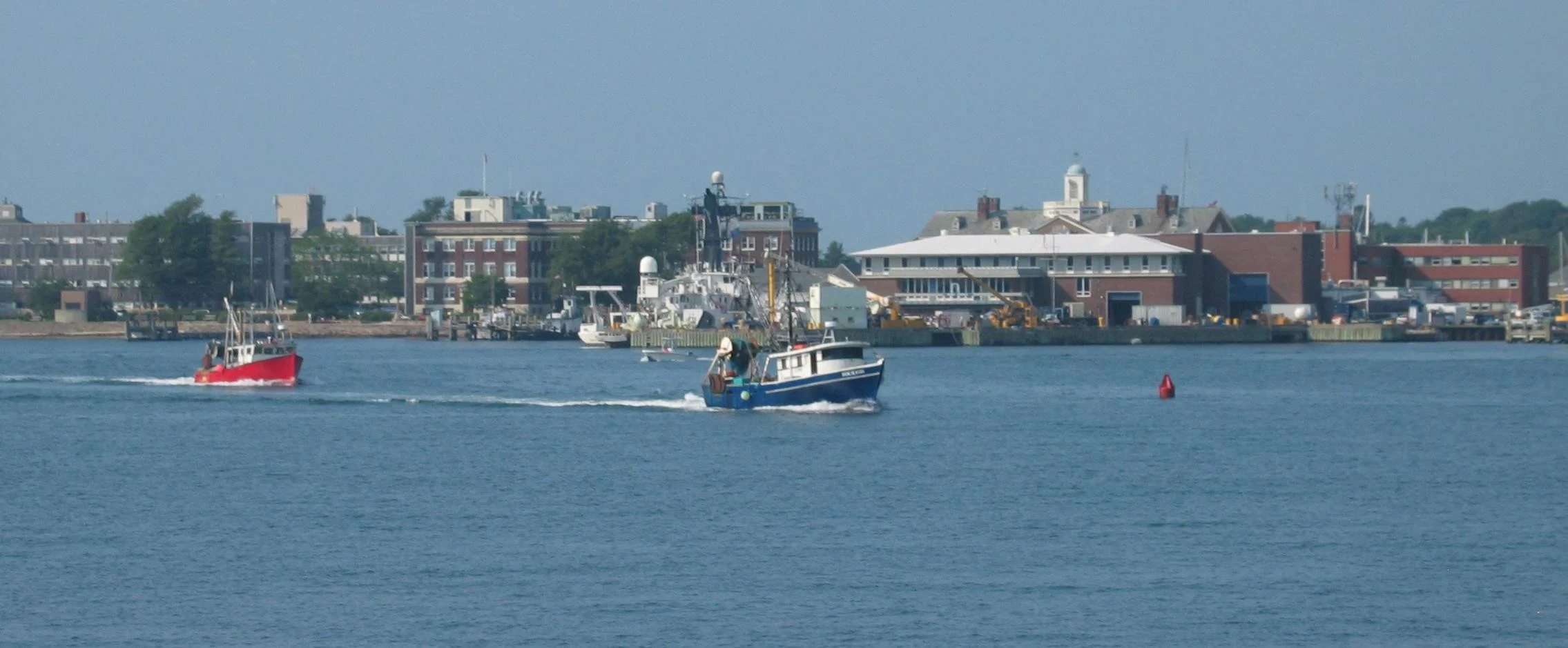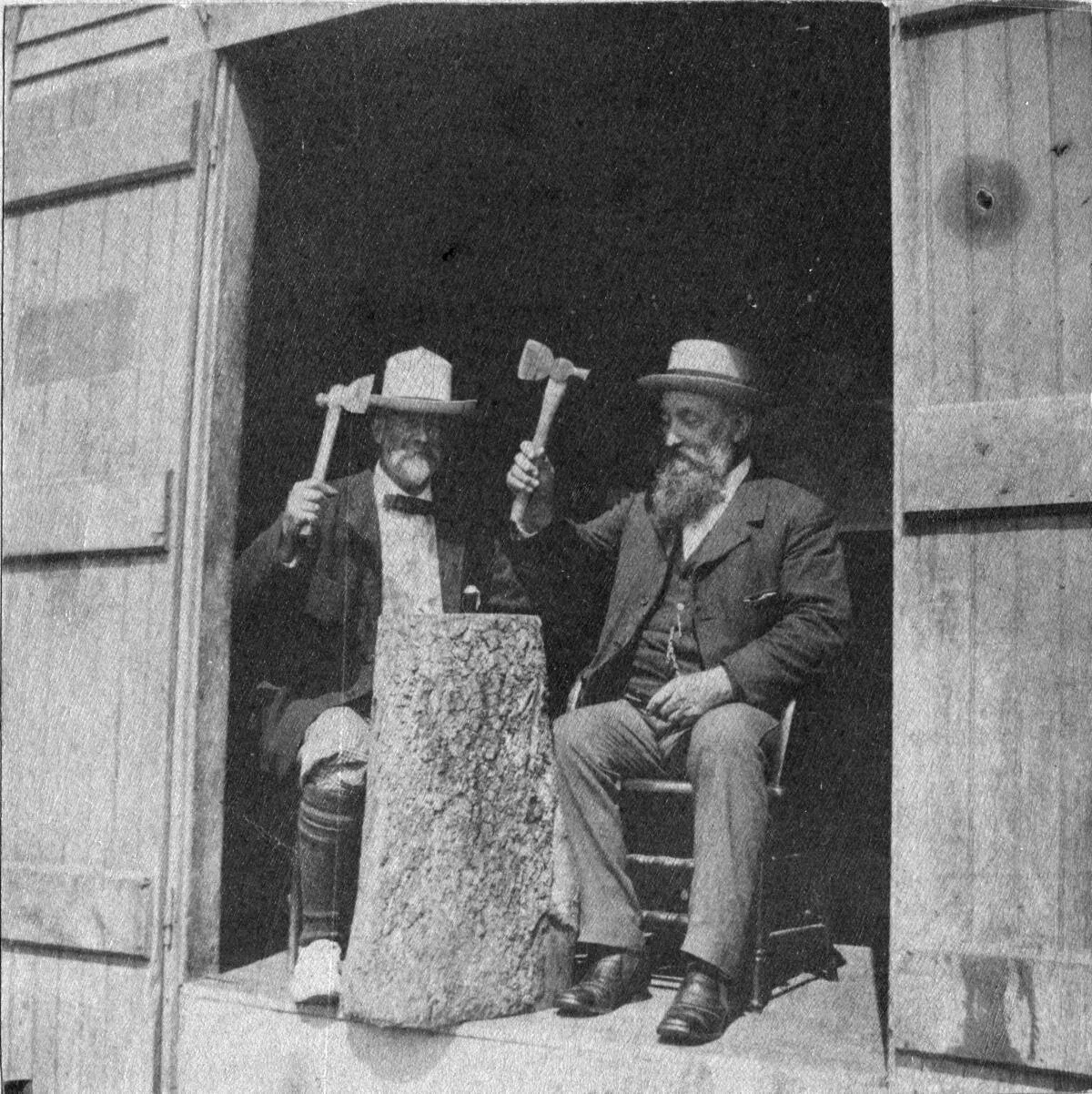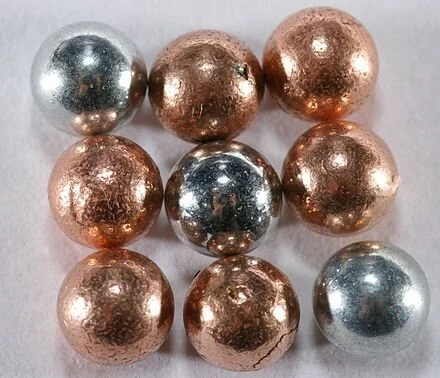
Retreating looks wiser than rebuilding on the coast
Adapted from Robert Whitcomb’s “Digital Diary,’’ in GoLocal24.com
There’s intensifying debate in many coastal and other areas that are increasingly flood- and erosion-prone in our warming climate on whether we should repeatedly repair or replace flood-damaged structures; have taxpayers pay some or all of the cost to move them to higher ground, and what to put in their place. I think the obvious answer in many places is to retreat and create flood-mitigating parks with (new?) marshes and thick vegetation and other water-absorbing materials that can reduce damage to the higher-elevation properties nearby. Of course, in such densely built urban areas as Newport’s Point neighborhood and Boston’s Seaport District that’s tricky.
I thought about this the other day when reading about the debate in Newport over whether to abandon the idea of rebuilding storm-damaged facilities at Easton’s Beach and stage a retreat. It seems clear to me that given projections of continued global warming and associated sea-level rise, that spending money to rebuild the Easton’s Beach amenities would soon be seen as a waste of money. Replenishing the sand that storms have washed away is expensive enough, though needed to keep the beach as a major attraction for locals and tourists alike.
Forecasts for the 2024 hurricane season are starting to come out. It looks, er, exciting.
Measuring CO2 in the Ocean
Edited from Wikipedia caption: “This diagram of the fast carbon cycle shows the movement of carbon among land, atmosphere and oceans. Yellow numbers are natural fluxes, and red are human contributions in gigatons of carbon per year. White numbers indicate stored carbon.’’
Thank you, Paul Salem, for giving the Woods Hole Oceanographic Institution (WHOI) $25 million for ocean research in general and, in particular, to study the oceans’ capacity for removing carbon dioxide from the atmosphere, into which we’ve been putting vast quantities of climate-warming CO2 by burning fossil fuels, clear-cutting forests, degrading wetlands and engaging in industrial agricultural practices (especially large-scale livestock production). The heating of our climate is accelerating, and more than 70 percent of the world’s surface is ocean.
Note that this excess carbon dioxide is also acidifying the water, harming sea life.
Mr. Salem, a billionaire, was a partner in Providence Equity Partners, and in 2022, he became chairman of WHOI’s board.
WHOI president Peter de Menocal said: “There is a tidal wave of ‘blue carbon’ solutions to climate change on the horizon, some proven, but most completely novel and in need of testing to investigate their safety and effectiveness. The ocean can help us avert a climate crisis, but we need to also ensure the long-term health of marine ecosystems and the communities that rely on ocean resources. This far-sighted gift {by Mr. Salem} will help us stay ahead of what is already a billion-dollar industry and inject some much-needed reality into the carbon market.”
xxx
I have always had a soft spot for Woods Hole, because this windswept village, basically a kind of college town within Falmouth, is so beautiful and dramatic; because of WHOI and other marine-related institutions based there, and their smart and interesting people, and because an important part of my father’s family lived in and around it. Some moved there in the 17th Century when, as Quakers, they fled Puritan persecution in and around Boston, and others came down from the Boston area as summer people when trains were extended to Cape Cod in the 1870’s. There were more than enough eccentrics among them; some had weird whirligigs on their roofs and some were recluses.
View of downtown Woods Hole, including Marine Biological Laboratory and Woods Hole Oceanographic Institution buildings.
Old books, old industries
“The Bookworm’’ by Carl Spitzweg (1850)
Adapted from Robert Whitcomb’s “Digital Diary,’’ in GoLocal24.com
I was a guest the other week of a group of bibliophiles in Boston. Members’ passion for (mostly old) books, for their physical charms as well as their content, was endearing, as was the droll humor of some of the members I talked with.
At each of these dinner meetings, a member gives a talk. The speaker when I was there discussed a narrative about a Pacific island covered with guano, which for part of the 19th Century was used to make a highly profitable product in New England. Yankee businessmen would ship the stuff from the Pacific or the Caribbean, mix it with fish meal and market it as the best fertilizer, which it was until manmade ones came along (to eventually pose serious environmental problems). Some of my ancestors were investors in the Pacific Guano Co., in Woods Hole, on Cape Cod. (“Whitcomb, I always knew you were full of….”). The company occupied land where you now get the ferries to Martha’s Vineyard.
Pacific Guano Works, Woods Hole, Mass., circa 1860s; engraving by S.S. Kilburn. Woods Hole is a village in Falmouth.
Most industries eventually shrink or even disappear. In New England, the best examples are the shoe and textile sectors. (No comment on the slave trade or “The China Trade,’’ some of which involved selling opium.) So always diversify! Mix it up!
I thought of that while reading a Commonwealth Magazine article about Greater Boston losing manufacturing jobs and industrial land at an alarming pace. This needs to be reversed. We need more than white-collar jobs. And having local factories can help reduce supply-chain costs.
The article noted:
“A deteriorating regional industrial base has the potential to damage our region’s economic strength, pricing smaller companies out of the area and disproportionately impacting workers of color and those without college degrees. Economic studies tie healthy manufacturing employment and ecosystems to greater economic resilience and innovation, and the revitalization of American industry is key to building a middle class and addressing wage disparities. And yet, we are already facing a large-scale loss of space that could impact our state for many generations.’’
The region’s bio-tech biz has shown great growth in the past couple of decades, but it’s dangerous to depend on one sector. Just ask the folks in Silicon Valley.
Loyally provincial
Juniper Point (once called Butler’s Point), in Woods Hole. The tower room of the house built by Daniel Webster Butler sticks out through the trees at center right.
— Photo by ToddC4176
Adapted from Robert Whitcomb’s “Digital Diary,’’ in GoLocal24.com
I had a great-great grandfather named Daniel Webster Butler (1838-1907) who, after making quite a bit of money as a manufacturer in Boston from about 1860 to 1880, retired to his native Falmouth, Mass., and built a big house (which is still there) in its village of Woods Hole. He filled it with nice stuff. A cousin of my father asked Mr. Butler’s daughter Virginia: “Did Grampa Dan {as he was called in the family} travel all over the Orient to get all these beautiful objects and furnishings?’’
“Heavens no,’’ she answered. “He would never leave Woods Hole.’’
(But he might have enjoyed traveling by the World Wide Web, whose founder, Timothy Berners Lee, was married for a while to a Butler descendant.)
Dan Butler (left) with friend at the Pickwick Club
Dan Butler was also well known in the village for membership in the “exclusive’’ Pickwick Club that as far as can be determined, had no more than three members and met in an old fishing shack.
Steel BBs
How to Lose an Eye
BB guns are not toys. Getting hit by a BB in the eyes can permanently blind you. Consider that as you follow this maddening Providence police story, whose latest iteration can be seen in GoLocalProv.com.
I remember the stupid BB gun fights in the woods of my hometown by 12-year-old boys in the ‘50s. I assume that their parents actually bought them!
Weekend Training
The MBTA is maintaining surprisingly good Providence-Boston weekend train service despite COVID. Use it when you can, say to go to games, shows or plays. I do. Car traffic is intensifying again.
There was gold in that....
Adapted from Robert Whitcomb’s “Digital Diary,’’ in GoLocal24.com
My favorite dead New England business is the Pacific Guano Company., which had a big factory (exactly where you now get the ferries to Martha’s Vineyard and Nantucket) in the Woods Hole section of Falmouth. There it processed bird, er, waste from Pacific islands into high-grade fertilizer by mixing it with menhaden and other fish. It stank, but made some local fortunes in its 1859-1889 life. (Some of my ancestors, descendants of Cape Cod Quakers, were investors.)
A shortage of guano and the arrival of new, man-made chemical fertilizers ended the company’s short life and the Yankee owners moved on to other trades, such as building big summer places for the new rich from Boston.
New Englanders have usually known when to move on from aging industries, such as textiles and shoes, to advancing ones, such as electronics, computer software, pharmaceuticals, investment firms (e.g., Fidelity) and even oyster aquaculture.











